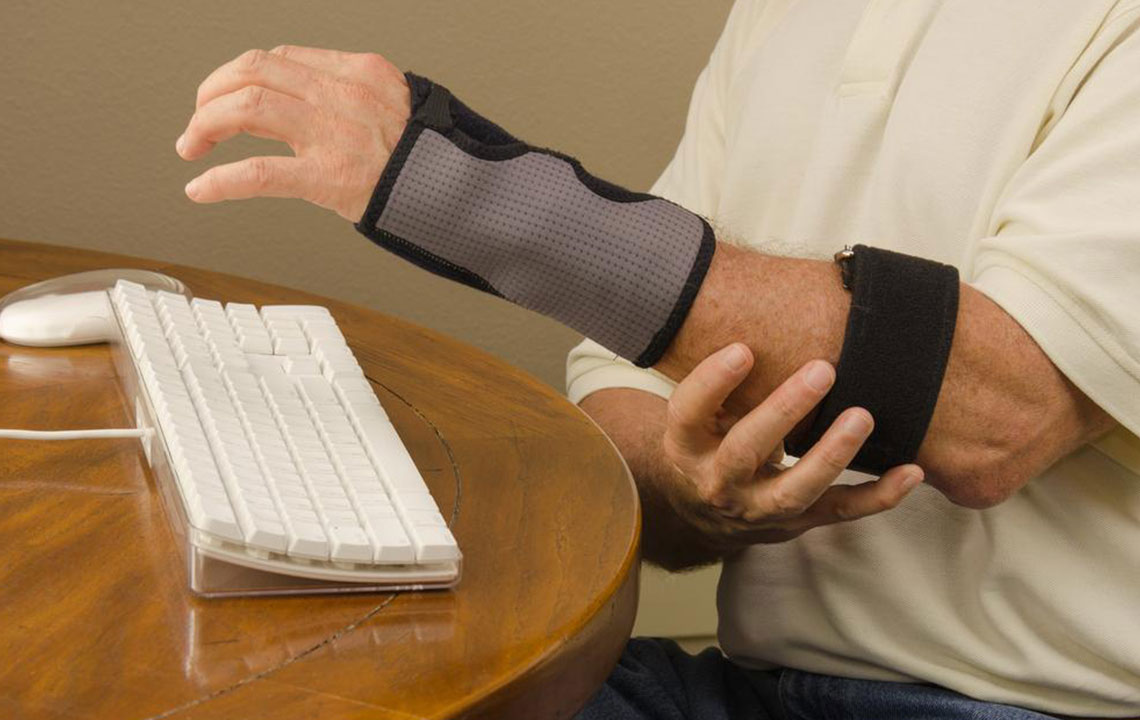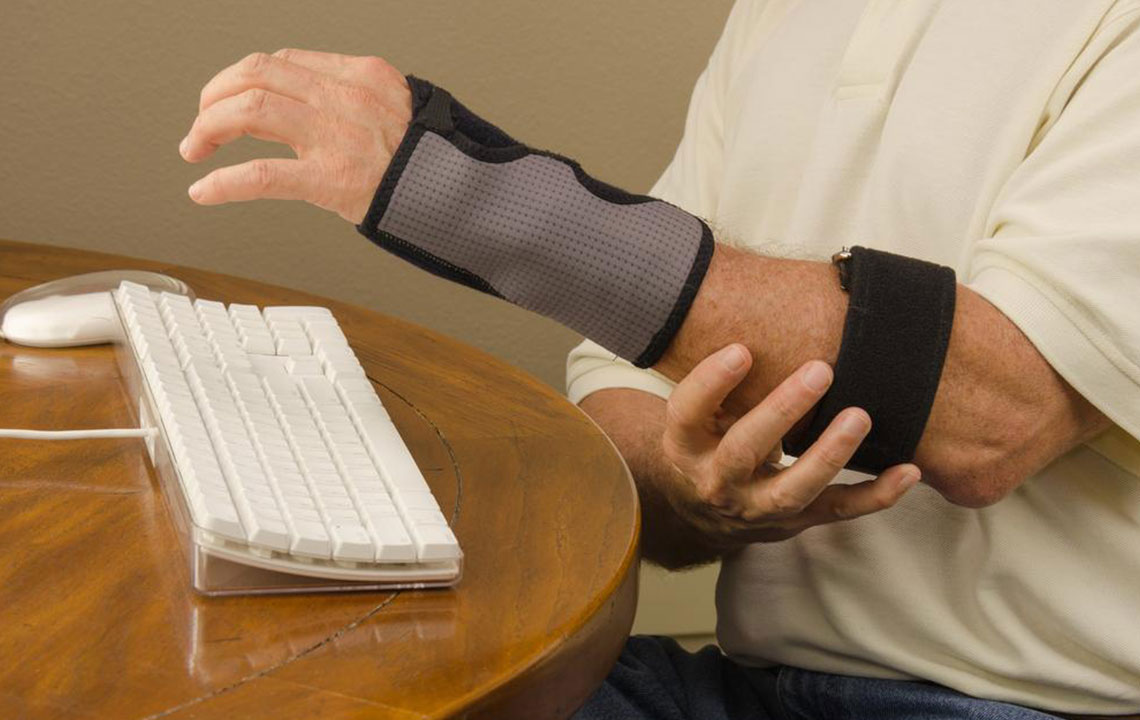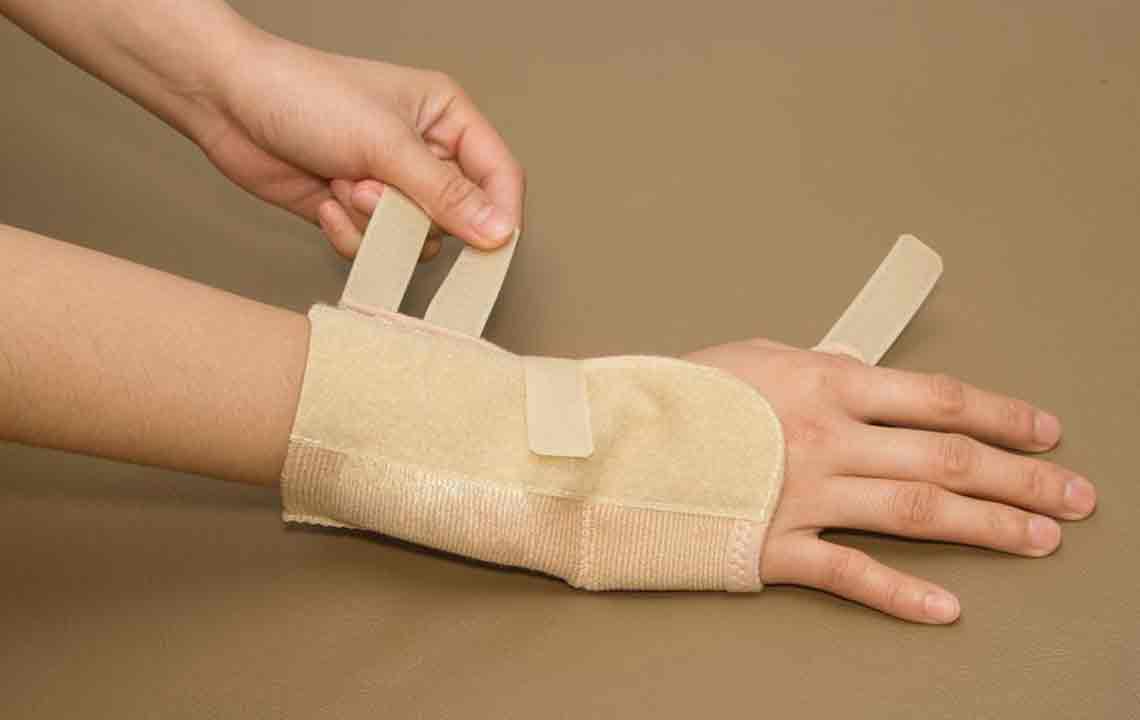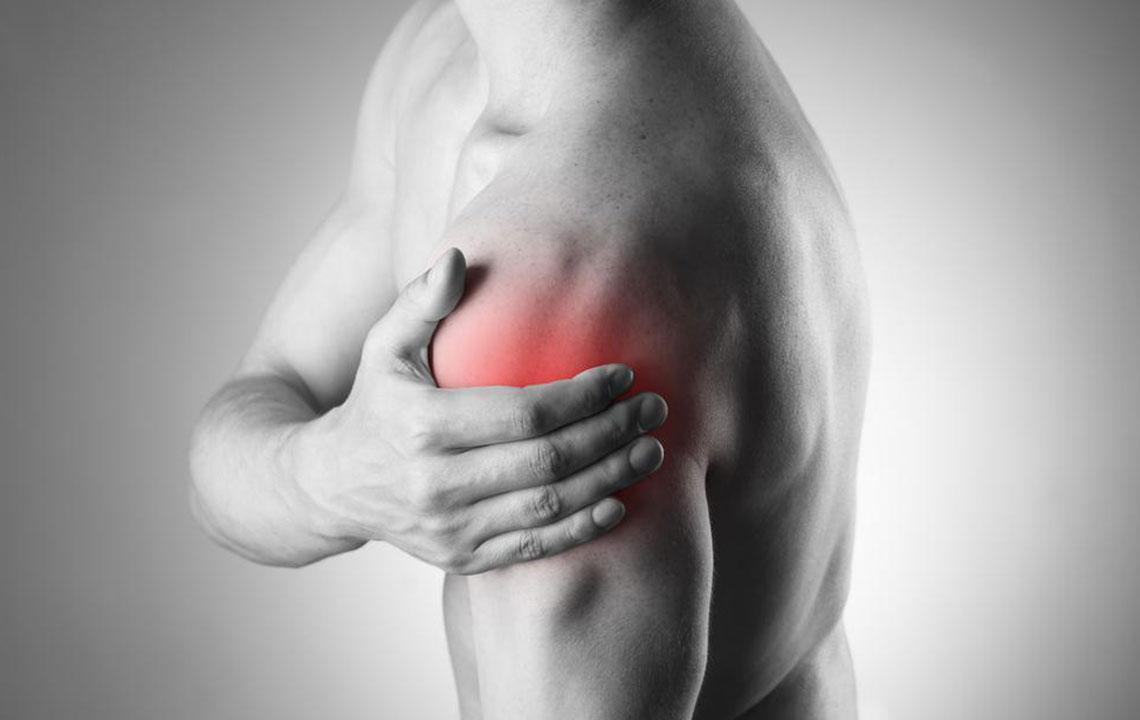How to Select the Best Tennis Elbow Support
Discover effective tips for selecting the best tennis elbow support to alleviate pain and support healing. Learn about different types of braces, proper fitting, and preventive measures to manage and prevent tennis elbow effectively. This guide helps you make informed decisions, ensuring comfort and optimal support during recovery or injury prevention.
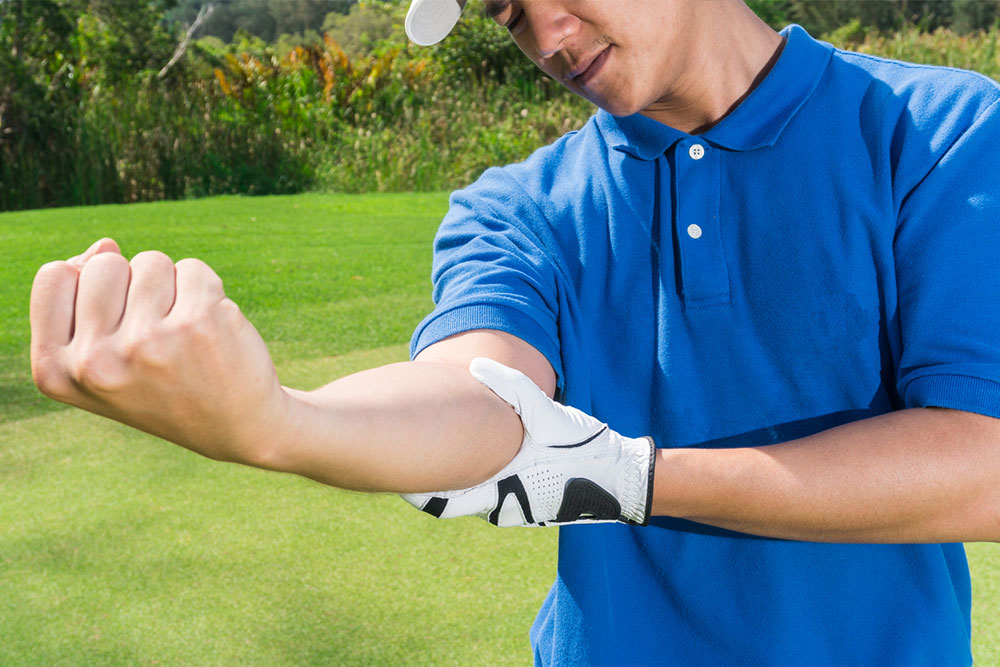
Guidelines for Picking the Ideal Tennis Elbow Support
Tennis elbow, medically known as lateral epicondylitis, is a painful condition causing tenderness on the outer elbow. It results from overworking tendons due to repetitive arm and wrist movements, making daily tasks uncomfortable. Using appropriate elbow supports can effectively reduce pain and promote healing. Read below to learn about symptoms, treatment options, and how the right support can assist in recovery.
Symptoms and treatment approaches for tennis elbow
Common symptoms include pain when fully extending the arm, persistent discomfort on the outer elbow, and pain during gripping or wrist movements. Treatment methods include physiotherapy with targeted exercises, rest, cold therapy, and medications. Wearing suitable tennis elbow supports can provide additional relief.
Elbow supports are highly effective in managing tennis elbow by protecting the tendons during healing. They work by providing compression to the forearm, helping absorb excessive forces and reducing strain on the tendons. Properly fitted supports can accelerate recovery and ease discomfort.
Tips for choosing the right tennis elbow support
Durability and quality: Opt for high-quality, breathable, and flexible materials that ensure a secure fit without restricting movement. Read reviews or seek expert advice before purchasing.
Purpose of use: Select supports based on your needs—whether to prevent injury or aid healing. Consider adjustable straps or compression sleeves for ongoing support.
Proper fit: Measure the widest part of your forearm when relaxed to choose the correct size. Look for supports with multiple straps or wider support bands for added stability.
Features and extras: Some supports come with gel pads, extra straps, or fasteners to improve comfort and adjustability, especially during extended wear.
Maintenance: Choose washable, durable fabrics. Avoid tumble drying to prolong support lifespan; velcro fasteners are usually preferable for ease of use.
Types of tennis elbow supports available
Forearm straps: Compact and easy to wear, these straps compress the forearm muscles and tendons, suitable for mild pain and daily activities. Not ideal for severe injuries or intense sports.
Elbow sleeves: Full-coverage sleeves that surround the elbow, providing compression and mild support. Best for chronic conditions or preventative use.
Epicondylitis braces: Specialized clips or straps that target specific pain points with high precision. Suitable for athletes in high-impact sports but may be less comfortable and pricier.
Preventive measures for tennis elbow
Prevention is better than cure. Wearing a supportive brace even with minimal discomfort can help prevent worsening. Remember, supports do not cure severe injuries; consult a healthcare professional if pain persists.


